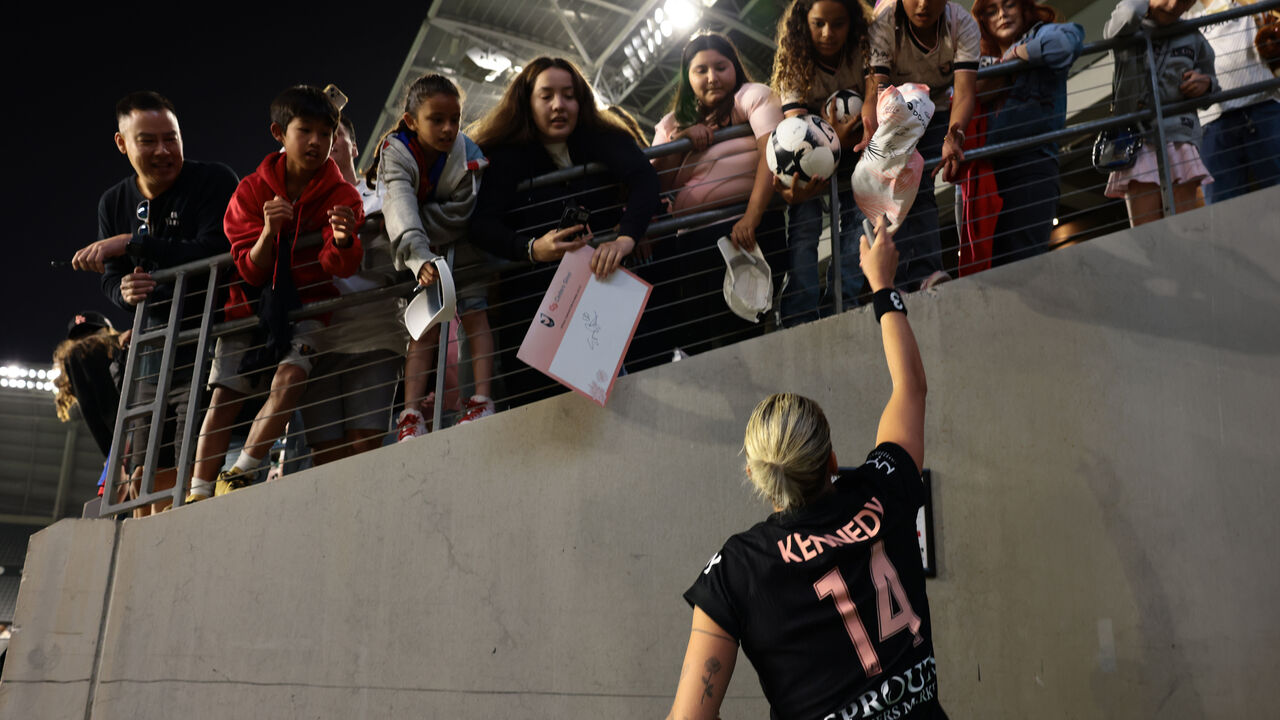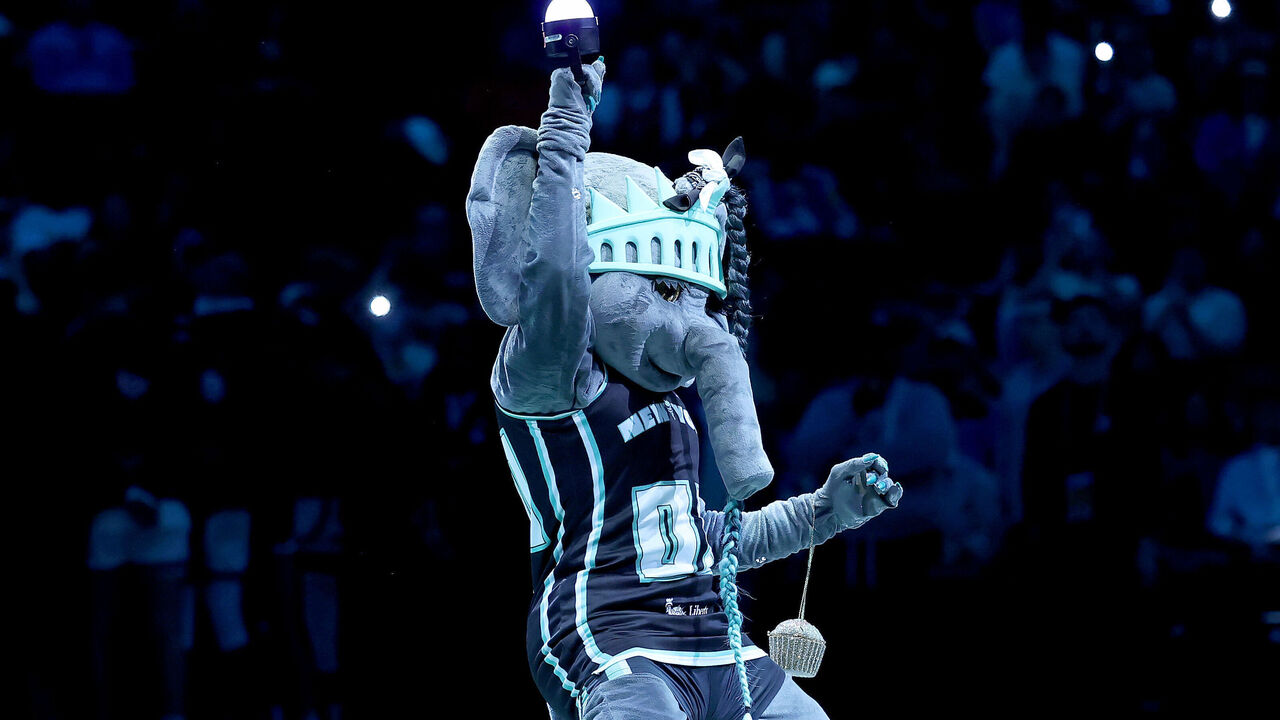What drives today's era of women's sports fans?
Most sports fans are drawn to a team. Some rally behind a league. But in women's sports, the connection often runs deeper.
In a new report from Wasserman's The Collective, 50% of surveyed fans said they identify first as women's sports fans - placing that affiliation above team loyalty (37%) or league loyalty (13%). That kind of allegiance suggests fans aren't just choosing a sport, they're aligning with a broader set of values.
"You don't hear someone say, 'I'm a men's sports fan,'" said Danielle Smith, vice president of The Collective, the women's branch of the multinational sports marketing and talent agency. "But women's sports fans do say that. It's their core identity."
The report, released in May, surveyed 648 fans across the WNBA, NWSL, and PWHL. It examined how fans engage - and how those habits have evolved since The Collective's 2019 research.
Back then, almost one in three WNBA fans said they had no one to watch games with, attend events with, or even talk to about the league. This year's expanded study aimed to see if that had changed as women's sports have grown.
"We wanted to level-set on data that's more reflective of women's sports fans overall and see if there were any differences or nuances by league - was this just a (WNBA) thing, or is this a women's sports thing?" Smith said.
The result is a new framework for understanding fandom - one that sorts fans into three groups based on their behavior: IsoFans (solo), DuoFans (with one other person), and Social Fans (group-based).
Among the leagues studied, the PWHL had the highest percentage of IsoFans at 21%, compared with 18% in the WNBA and 15% in the NWSL.
IsoFans aren't necessarily disconnected. Many consume content alone by choice. The survey found 58% of IsoFans said they prefer following their favorite team by themselves.
"These are often introverts," Smith said. "That doesn't mean they don't want to attend ever, or that they don't want to talk to anyone. It just means they're perfectly content - but there are still opportunities to engage them."
Nearly 46% of IsoFans said they would join a fan group if one were made available to them, and 62% said they were unaware of any local team fan groups at all.
For emerging leagues such as the PWHL, where brand equity is still forming, that could represent a chance to invite fans into the fold on their terms.
"We're not trying to position IsoFans as a bad thing," Smith said. "I think women's sports is and needs to be at a place where they can look at different ways to segment and offer different things to each segment."

The report includes strategies for serving each fan type. For IsoFans, it suggests creating solo-friendly experiences, such as ticket packages for single attendees or low-commitment digital spaces where fans can ease into community engagement. For Social Fans, it recommends always-on group activations, such as fan-run Discord servers or bar takeovers.
The goal, Smith said, is to help teams move beyond a one-size-fits-all model of fan engagement. "Our hope is that this introduces a new way of segmenting fans - not just based on gender or demographics, but based on consumption preferences," she said. "You have different types of people with different motivations."
Teams such as Angel City FC and the New York Liberty are already putting those strategies into practice.
Smith praised Angel City for its community-first approach, citing the club's investment in local outreach and how its identity extends far beyond the stadium. "They're building this incredible fan base because they've decided to invest in their community, and then because they're doing good in the community that creates fan groups. You'll see tons of fans doing their own meetups and watch parties now," she said.
She also highlighted the Liberty as an example of a team creating a culture - not just through on-court performance, but through a distinctive tone and branding that resonates with fans. "Thinking of the cultural influence that someone like (mascot) Ellie the Elephant has, and seeing her interact with different fan groups, and the way that they've brought culture to the Liberty," she said. "It's very New York, very Brooklyn."

Asked what she'd prioritize if leagues and broadcasters were listening, Smith didn't point to a flashy campaign or a celebrity endorsement. She singled out infrastructure.
"I would say the first change is taking the time to understand your fan base and not just taking the same marketing that men's sports have done and trying it in women's," she said.
She emphasized the need for stronger fan communities - digital and physical - built around shared identity.
"If you feel like you belong to something, you're more likely to buy merch, to watch on TV, to engage on social," she said. "And that's what drives everything else - every revenue component that's critical for sustaining a financial ecosystem."
Her final thought came with a quiet urgency: "It's about really making sure that belonging is the No. 1 thing. That's what makes the rest of it work."
Jolene Latimer covers women's sports at theScore.